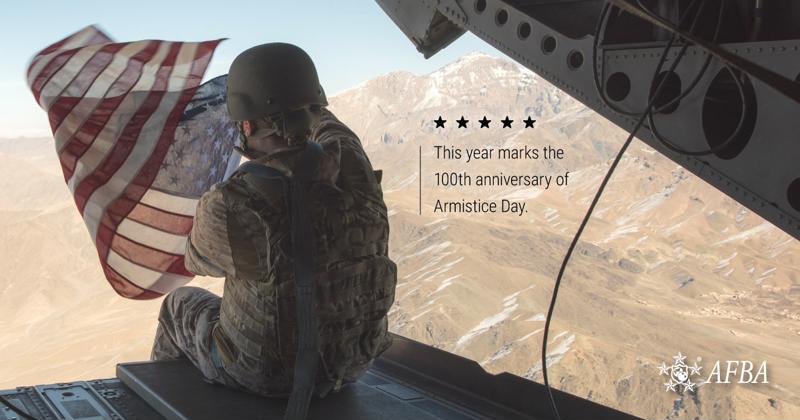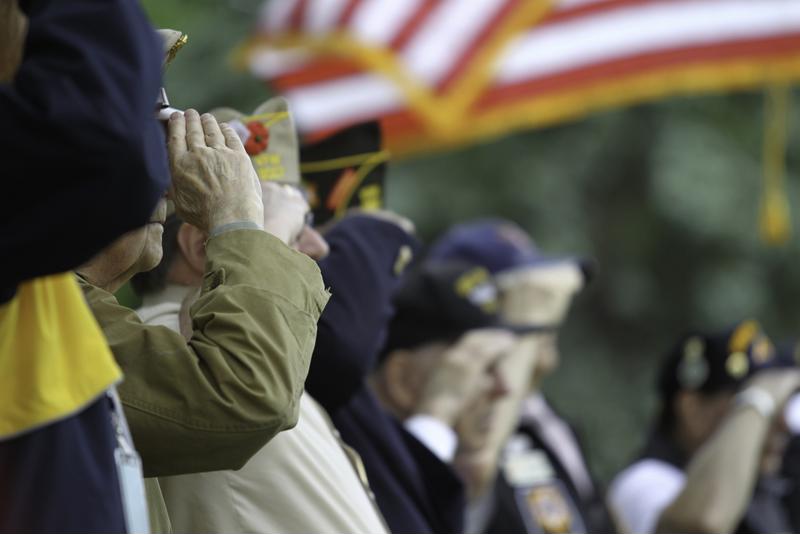Veterans Day has likely birthed more grammatical errors than any other federal holiday. Despite being frequently written as "Veteran's Day" or "Veterans' Day," the Department of Veterans Affairs insists that there should be no apostrophe there to make the noun possessive, "because it is not a day that 'belongs' to veterans, it is a day for honoring all veterans."
Yet despite the fact that Veterans Day is meant to be observed by all Americans, a majority of them still confuse the date with Memorial Day.
Even if you are familiar with Veterans Day history, there's no better time for a refresher, as this year marks the 100th anniversary of the holiday's forebear, Armistice Day.

The history of Armistice Day
Armistice Day was born out of World War I, or "The Great War," as it was initially known. The global conflict lasted from 1914 to 1918, and pitted the Central Powers—Germany, Austria-Hungary, Bulgaria and the Ottoman Empire—against the Allies, or Entente Powers, consisting principally of France, Great Britain, Japan, Italy, Russia and the United States. The First World War mobilized over 70 million military personnel, 60 million of whom were European, and the massive scale led many to optimistically, yet wrongly, predict that it would be "the war to end all wars."
After 9 million military casualties, there was finally permanent quiet on the Western Front after an armistice was signed between the Allies and Germany on November 11, 1918. The cessation of hostilities officially took effect at 11:00 that morning, or "the eleventh hour of the eleventh day of the eleventh month."
Armistice Day commemorated this end to the fighting, and is observed every November 11th by many of the Allied nations. This year's celebration of peace and remembrance of sacrifice will mark the 100th anniversary of Armistice Day. Events are planned all over the world, and President Donald Trump will travel to Paris to join French President Emmanuel Macron in honoring the more than 116,000 Americans and nearly 1.4 million French troops who died in WWI.
The history of Veterans Day
In the United States, President Woodrow Wilson declared November 11, 1919, as the first commemoration of Armistice Day, which was originally intended to involve parades and public meetings and a brief suspension of business beginning at 11:00 a.m.
Congress made Armistice Day a legal holiday in 1938, declaring it "a day to be dedicated to the cause of world peace."
In 1947, a World War II veteran named Raymond Weeks organized a "National Veterans Day" in Birmingham, Alabama. His intention was to expand Armistice Day into a holiday that celebrates all veterans, not just those from World War I. This idea was later championed by U.S. Representative Edward Rees of Kansas, who proposed a bill that would officially change Armistice Day to Veterans Day. The bill was passed in 1954, and signed into law by President Dwight D. Eisenhower, who later that year issued the first "Veterans Day Proclamation," which read in part, "In order to insure proper and widespread observance of this anniversary, all veterans, all veterans' organizations, and the entire citizenry will wish to join hands in the common purpose."
This year, veterans and citizens alike should again unite to appreciate the service of all veterans, with special attention paid to the century that has passed since peace was achieved with an Armistice signed on the eleventh hour of the eleventh day of the eleventh month.


